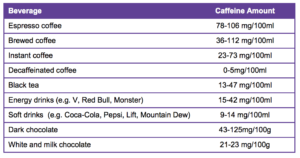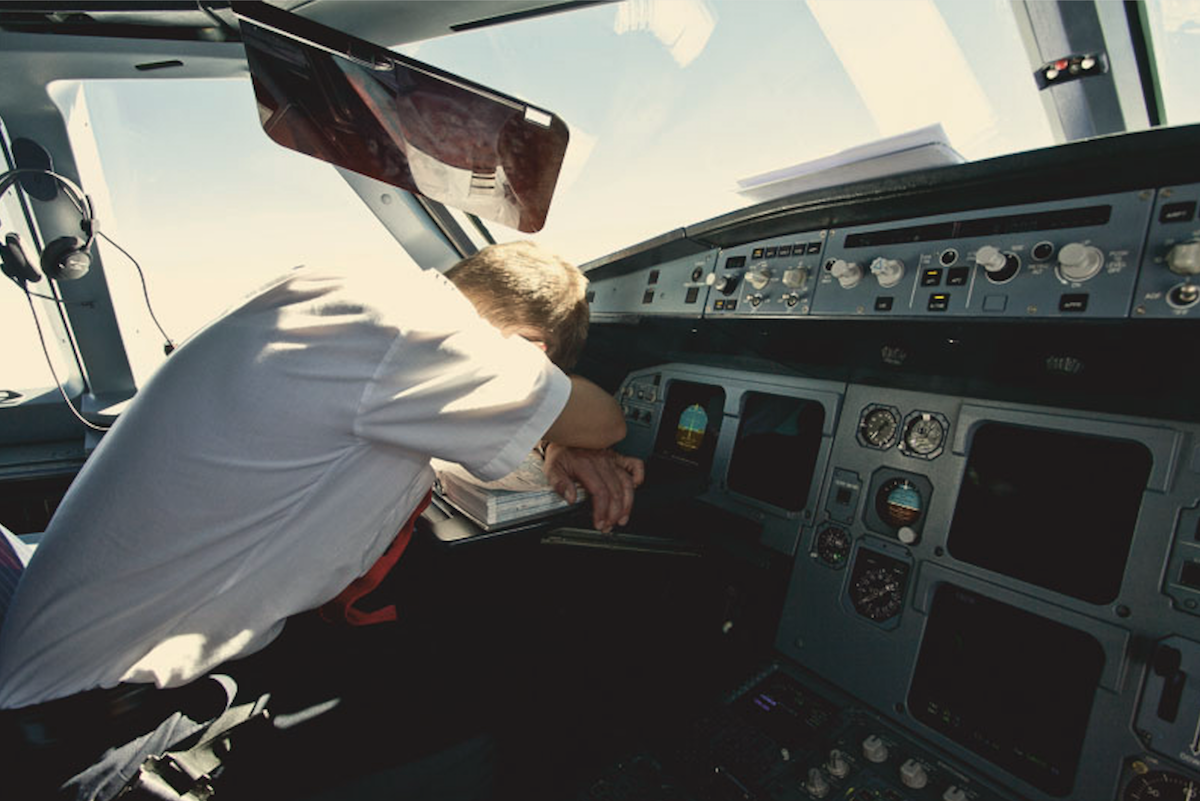As is too often forgotten by regulators, aircraft flown by humans require rules that match human needs.
One of those needs is sleep. Normally, we do this for about 33% of the day. If you manage to get a perfect night’s sleep, have a short ride to the airport, and then operate a long haul flight that departs on schedule, you might get away with not feeling tired during it. Most of the time, these perfect conditions don’t show up on the day.
Especially with the cumulative fatigue we suffer as pilots, a quick nap works wonders.
NASA did extensive research on this in 1994, and the findings showed that “The benefits of the nap were observed through the critical descent and landing phases of flight … The nap did not affect layover sleep or the cumulative sleep debt displayed by the majority of crew members. The nap procedures were implemented with minimal disruption to usual flight operations and there were no reported or identified concerns regarding safety.” This gave us the term, “the NASA Nap“.
So, napping is good. NASA says so. But, around the world, we have very different regulatory approaches to this. To make it sound better, the regulators call it “Controlled Rest”, or CR.
Places where you can:
Australia, Bolivia, Canada, China, Europe, Israel, India, New Zealand, Turkey, and the United Arab Emirates.
[source: Flight Safety, 2018]. Know more? Comment on the article and we’ll update.
Places where you definitely can’t:
The US. Although the Air Force and the Coast Guard allow it, the FAA does not – neither for Part 91, nor Part 121. CR was considered when the latest FAA rules were developed beginning in 2010, but it was excluded from the final regulations. FAA Advisory Circular 120-100 (FAA, 2010, page 11) states:
Although a number of foreign air carriers authorized in-seat cockpit naps during flight, the FAA does not authorize such in-seat cockpit naps.
Just drink coffee!
That seems to be the FAA position. No napping allowed. There are some wonderful resource guides, listed below, that delve deep into the subject, but in terms of napping – it’s still forbidden. Why? That’s a good question. We don’t know.

Guidance Docs:
- Fatigue Management for Airline operations (ICAO/IATA/IFALPA)
- Fatigue Management for GA operations (ICAO/IBAC/Flight Safety)
- Controlled Rest Resource Guide (Flight Safety)
- NASA Research Document (1994): Effects of Planned Cockpit Rest on
Crew Performance and Alertness in Long-Haul Operations
Discussion

We will discuss the topic in the Ops Chat on December 12th, 2019 at 12pm EST – register here:
https://ops.group/opschat
More on the topic:
- More: Storm in the Cockpit: Tales of Conflict and Clashes
- More: The Safety Watchlist 2022
- More: The Flight of Fright: Tales of Startle and Surprise
- More: Is breaking the rules always bad?
- More: Go-Arounds Aren’t Normal
More reading:
- Latest: Mexico Customs Surprises: Pills, Vapes, and Laptop Rules
- Latest: Greenland NAT Alternates: Dec 2025 Update
- Latest: Crossing the Quiet South: From Australia to Argentina
- Safe Airspace: Risk Database
- Weekly Ops Bulletin: Subscribe
- Membership plans: Why join OPSGROUP?











 Get the famous weekly
Get the famous weekly 






Switzerland introduced this more than 25 years ago.
If the FAA rules about resting and sleep, or of any other regulator by the way, was in respect of human body, would figure that not just sleep is a problem, but also posture with lots of hours with less then optimal designed cockpit chairs, and offen very worn, low humidity levels and air drained from engine bleed, the time spent on cockpit any day or the maximum flight permitted per month, would be reduced to half. But pilots associations seem to ignore this constantly. With people getting fired now due to the pandemic and lot of people in the world considering a healthier life style, it would be a good time to address the issue.
Some airlines in Russia allow nap
Mexico allows it as well.
My understanding is that there is no FAA rule against cockpit sleeping and the FAA refuses to authorize it. However, there is a rule against “…reckless and careless operation of an aircraft …” which is a catch-all if there is a problem. As a 777 captain for American Airlines and then Air India, I would insist on sleeping on a long flight at night if the the copilot wanted to make the landing. I practiced what I required of them and would sleep (leadership by example). This was cemented into my routine when I called for the gear to be extended after an all-nighter LAX – EWR in a DC-10. The gear did not move; the copilot was asleep. NASA gets it; so do I. PS: the FAA refusal to address the issue keeps the FAA from giving guidance on how to do it properly and conversation/education on how to do it properly. Sleep inertia is real and SLEEP is necessary for safety (not 10 minute naps… SLEEP!). I refused a sleep apnea test for years, afraid of getting it on my record. I now have a CPAP fully monitored by the FAA and am more rested than ever (and my First Class Medical of 50+ years continues). Most excellent.
Colombia now allows it also. Avianca Airlines allows it since mid 2019.
Singapore allows controlled rest as well.
Controlled rest is allowed by UK operators.
So, against all the science, the mighty FAA do not permit controlled rest. Well, given the FAA’s role in the MAX debacle, one’s none too sure that anyone trusts the FAAs judgement these days, wherein they seem to be on the wrong side of risk assessment & best practice. Veritably, oh how the mighty fall.
Zzzzzzzzzzzzzzzzzzzzzzzzzzzzzzzzzzzzzzzzzzzz.
Zzzzzzzzzzz. Zzzzzzzz.zzzzzzzzzzzzz.
Zzzzzzzzzzzzzzzzzzzzzzzzzzzzzzzzzzzzzzzzzzzzzzzzzzzzzzzzzzz.
Huh? Wah?
Zzzzzzzzzzzzzzzzzzzzzzzzzzzzzzzzzz.